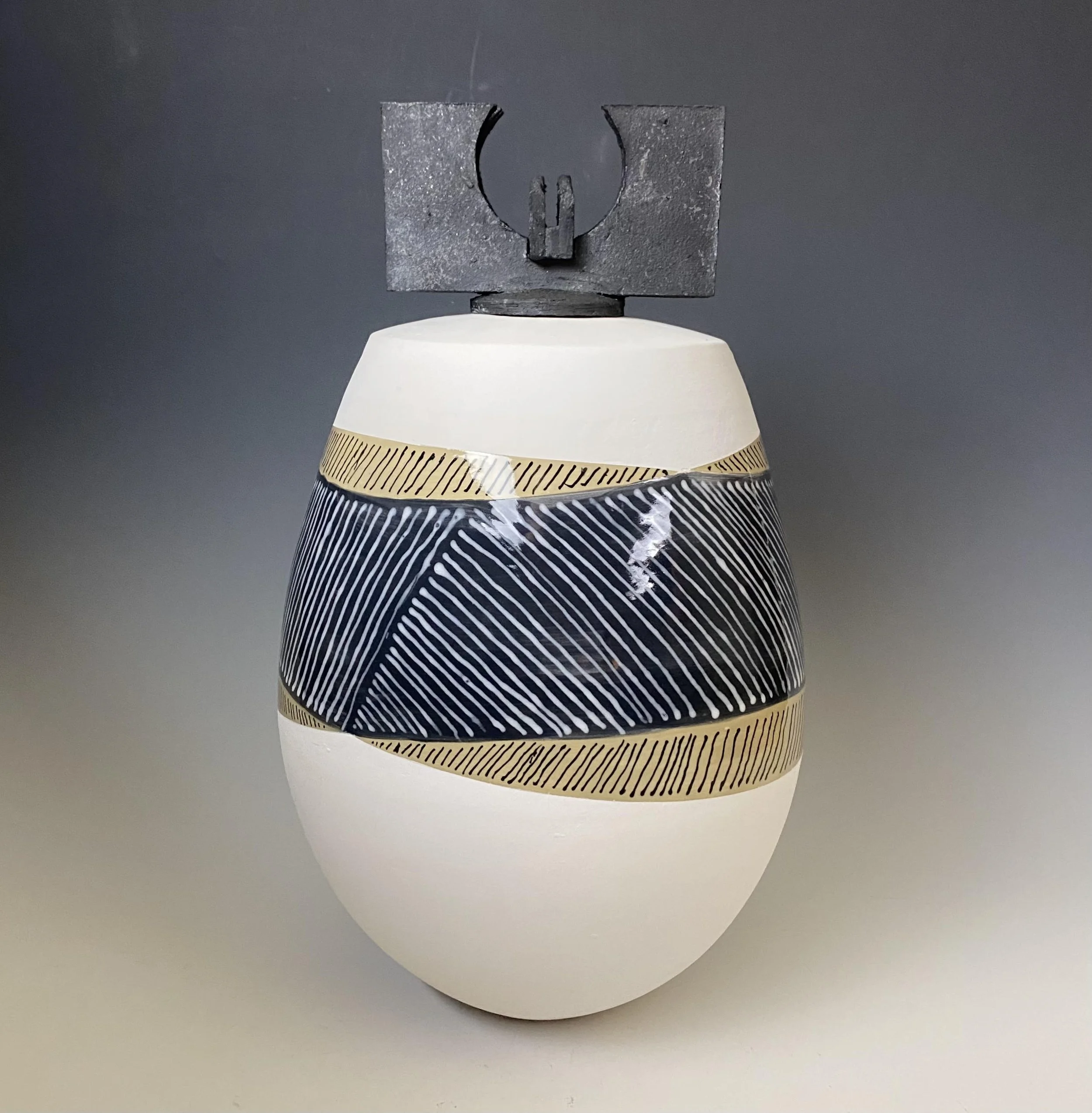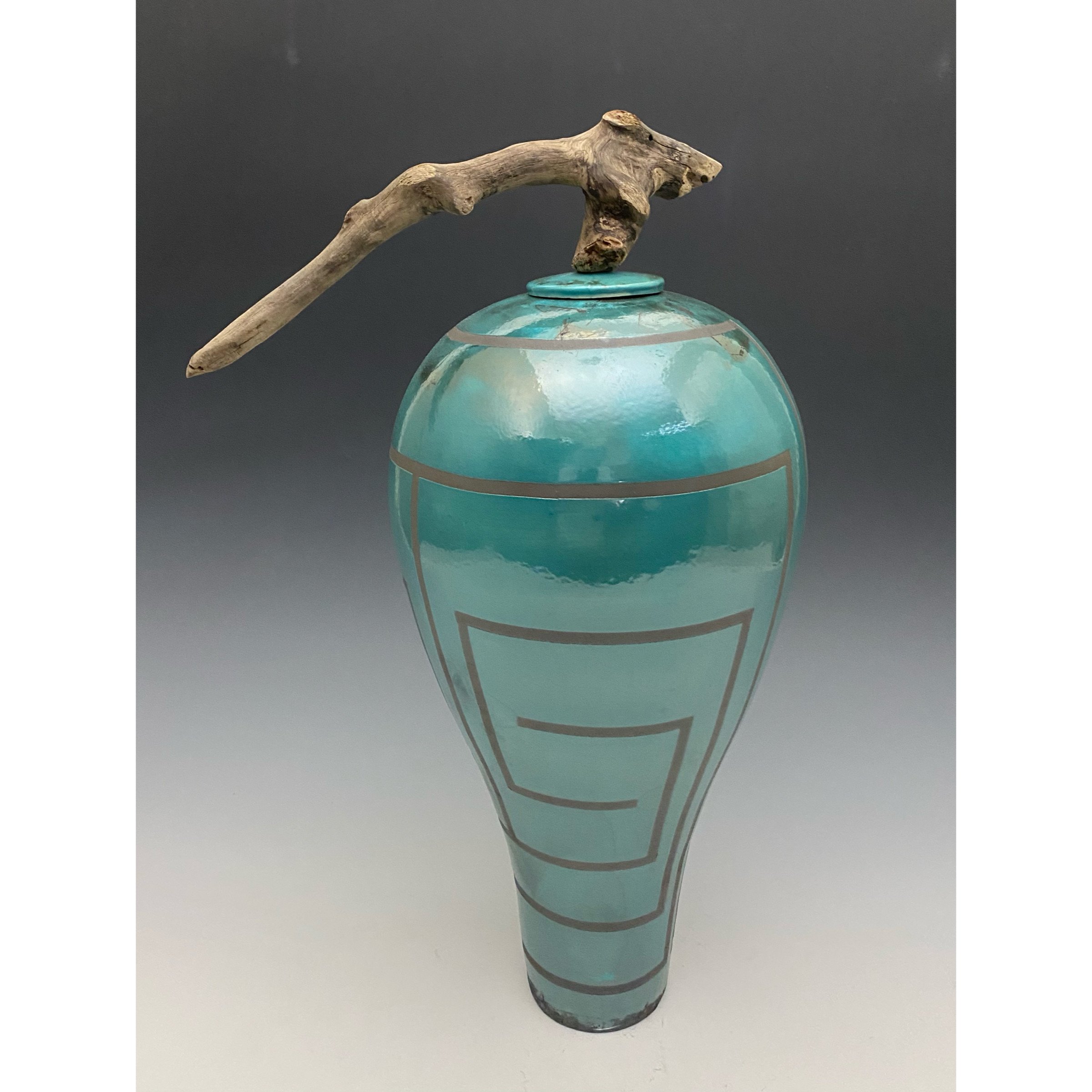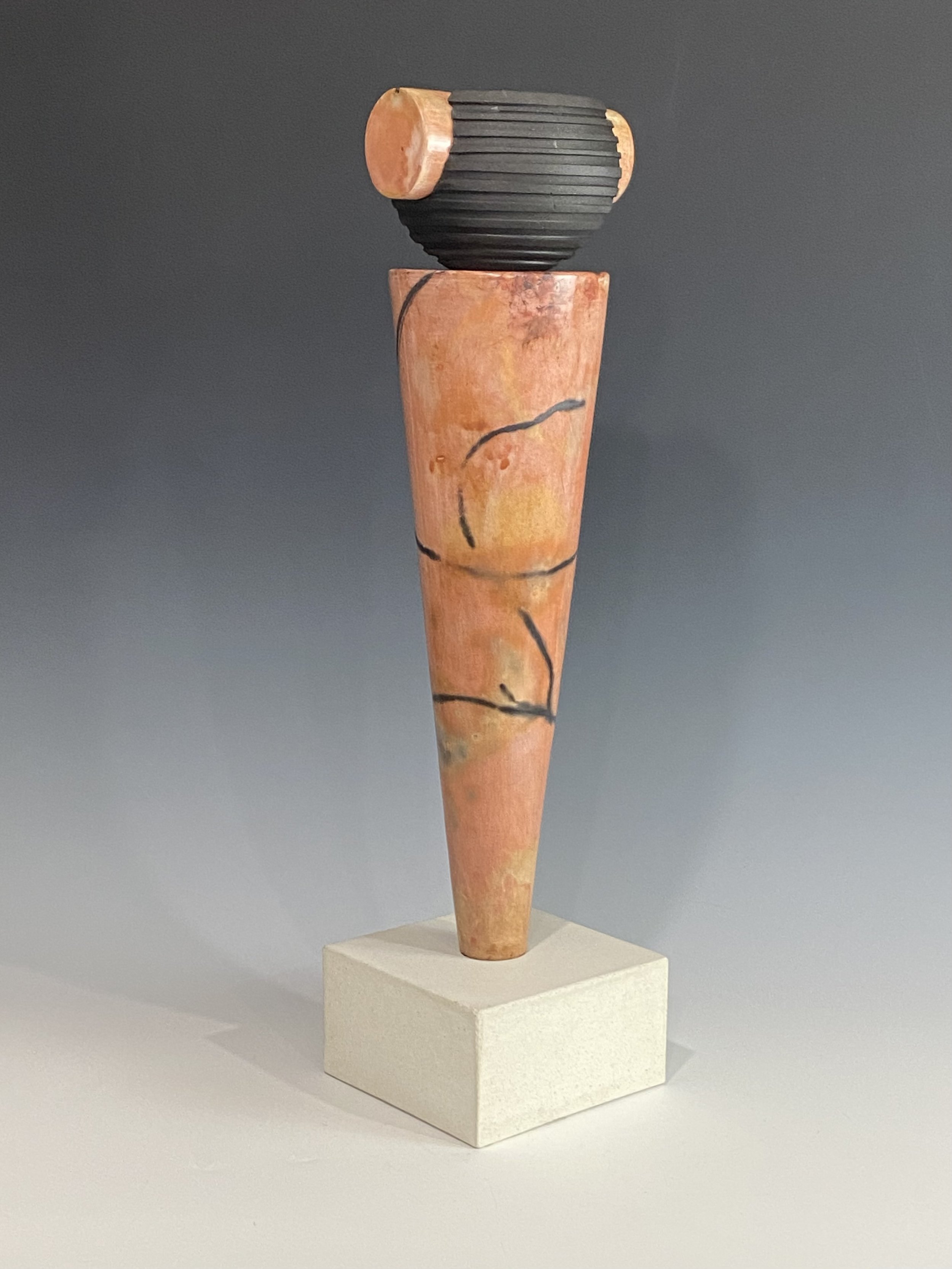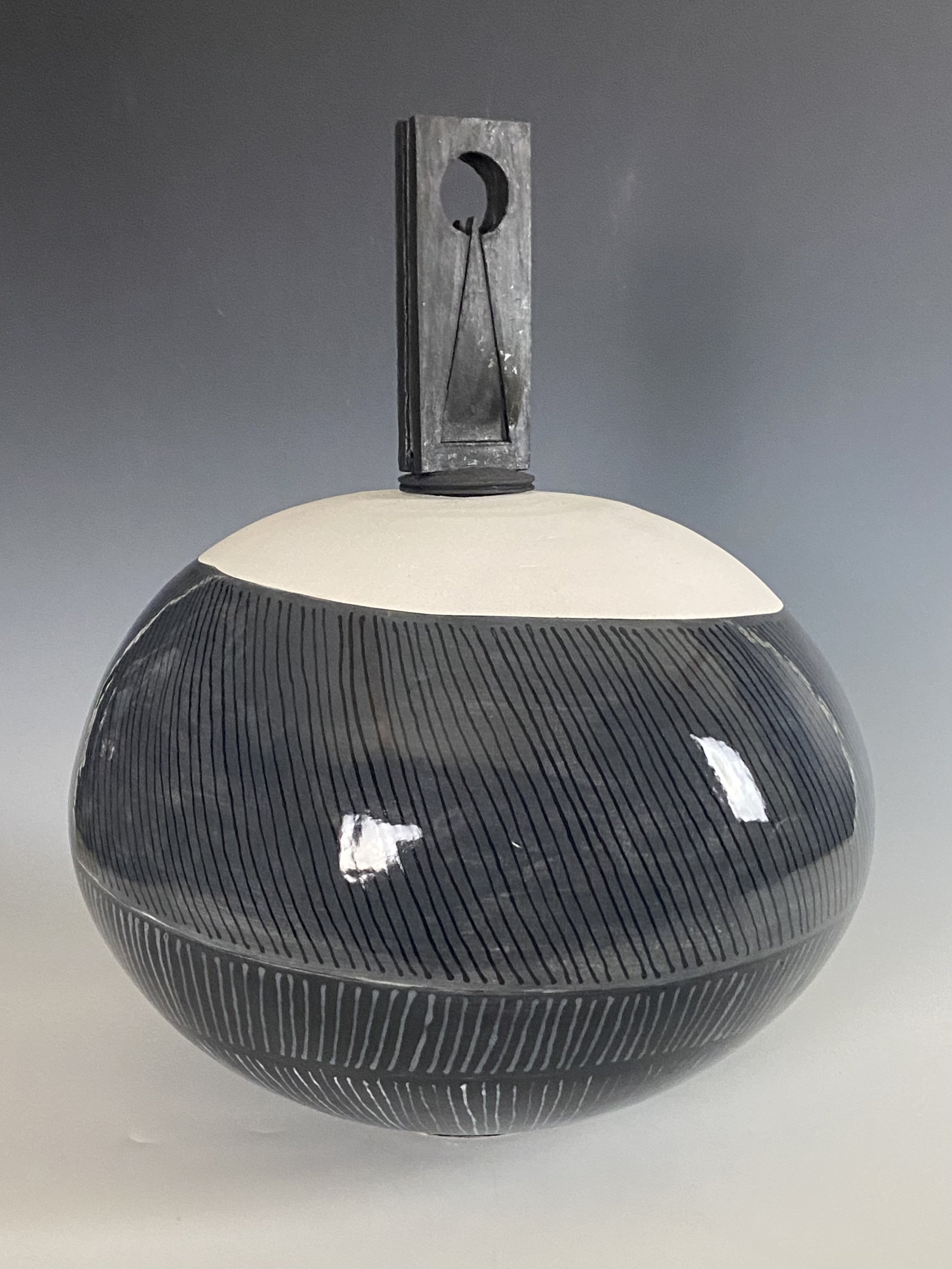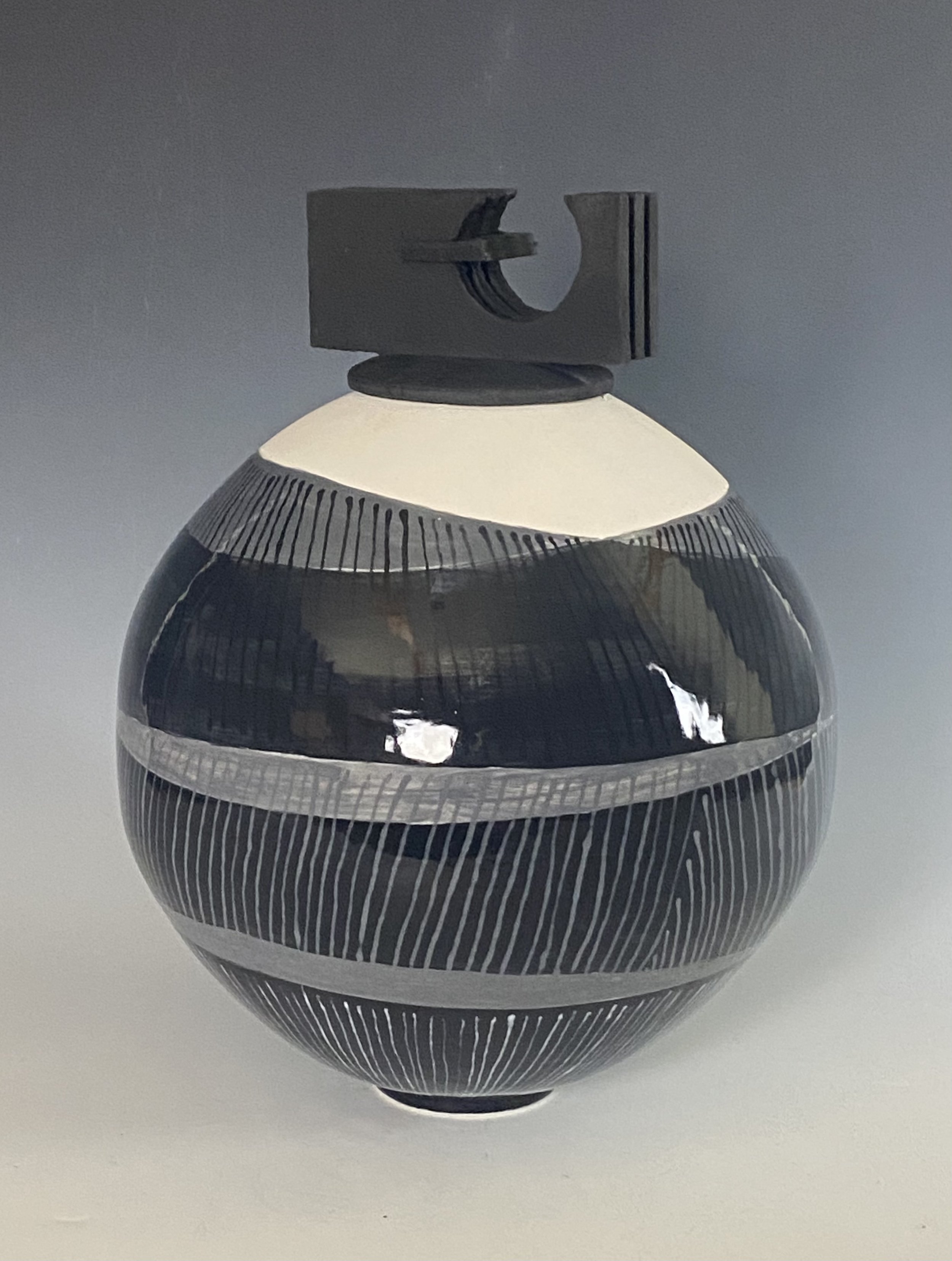Jan 13 - Feb 26 | Reception January 20
McKelvey Charitable Fund Gallery @ 204 S. Austin
Contemporary Clay, showcasing the work of ceramic artist Winston Taylor, will be featured at Rockport Center for the Arts (RCA), Jan. 13–Feb. 27, in the McKelvey Charitable Fund Gallery located on the upper level.
The general public will have the opportunity to meet the Arkansas-born Taylor as he discusses his work and process in a gallery talk on Friday, Jan. 20, at 12:30 p.m. followed by a public reception from 5-7PM. Both events will be held in the McKelvey Charitable Fund Gallery and are free and open to the public.
Named an Arkansas Living Treasure in 2011, Taylor’s commissioned works can be found throughout his native state and are highly sought by collectors.
"Contemporary Clay really tests the limits of clay and aesthetics. Taylor’s forms are both geometric and organic, and the surfaces ” said Elena Rodriguez, exhibitions curator for Rockport Center for the Arts.
The son of a self-taught painter, Taylor had always shown an interest in art — and in automobiles — often dreaming of designing them and even winning an award from the GM Craftsman Guild for some of his designs as a high school senior in 1967. But realizing his true passion as an artist would begin later in life following his military service, a nine-year career in auto body repair, marriage and the birth of his daughter. Returning to the University of Arkansas Little Rock where he was pursuing a degree in art with emphasis in graphic design, Taylor took pottery as an elective and discovered his true passion. “I enjoyed drawing and took several courses in that medium,” said Taylor. “I also did fairly well with the other mediums I explored, but it was the clay that captured my heart.”
Since graduating in 1987 with his Bachelor of Arts from UALR, the award-winning artist has continued to evolve and develop his artistic style over the years, moving from his native Little Rock to Russellville where he has lived and maintained his studio since 1990.
“I developed my interest in Raku as a student at UALR and it was there that I built my first Raku kiln.” I was intrigued by the spontaneous nature of the process, the hands-on involvement throughout, and the magical results when there was success.”
In recent years Taylor has used a technique called saggar firing, placing the clay object in a container, or saggar, where the space around it is filled with volatile materials like metal sulfates, oxides, salts, copper wire, steel wool, etc., or other methods including using metal containers or a wrapping of aluminum foil. Taylor achieves a glassy surface by first sanding a dry pot and then moistening it slightly with a combination of baby oil and water, immediately beginning to burnish in a cross-hatching manner once the moisture has soaked in until the surface is shiny and void of dull areas. The process may take more than an hour and must be done without stopping, but Taylor says he finds the process both enjoyable and meditative.
Other saggar-fired pieces may have a dry sandy surface which is the result of using a coarser clay body called stoneware, which omits the burnishing process.
“With both methods, there is a risk of cracking pieces due to thermal shock so nice color and no cracks are treasured results. I fire them in a Raku kiln and slowly raise the temperature to avoid that result. The pieces are never exactly the same although there general similarities in the effects, something I enjoy.”

